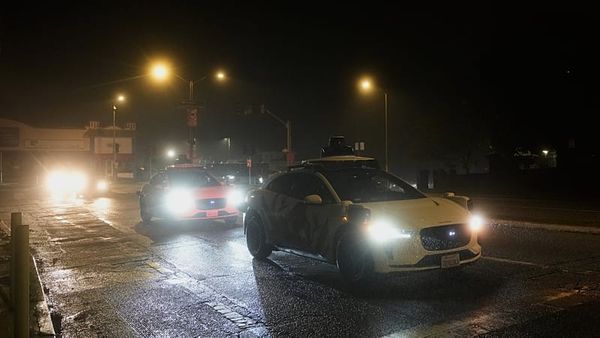
Preferences have become more important than ever in Australian elections, as the share of people supporting the major parties has dropped from more than 90% of primary votes in the 1950s to just 68.8% in the most recent federal poll.
The last Australian election saw 16 seats won by candidates who were not leading after the first count – the most ever, tied with 2016. And more than half of those winners were independent candidates – also the most ever.
Australia’s electoral system requires voters to number candidates in their order of preference: their first choice, second choice and so on. During counting, if no candidate has yet achieved a majority, the candidate with the fewest votes is eliminated and their votes are redistributed to voters’ next preference. This is repeated until there is a clear winner.
Because of this, voter preferences are a bigger deal in some seats. Who do One Nation or Trumpet of Patriots (the successor to the United Australia party) voters prefer when their candidate does not make it?
In the last election, there were only 27 out of 151 seats where Labor and the Coalition were not the final two candidates. So at the macro level, most preferences are likely to end up with one of these two parties. The chart above shows that last time, 86% of Greens voter preferences ended up with a Labor candidate. And 62% of UAP voter preferences ended up with the Coalition.
But diving into preferences at the seat level, we see that the way preferences actually flow during the counts can defy simple left-right characterisations – it often has a lot to do with individual candidates, or how deep they continue into the ballot count. (Preferences only come into effect when a candidate is eliminated.)
There were eight seats where the Coalition was not in the final two candidates, and just over half of Coalition voter preferences went to the Labor party. But Labor candidates were also finalists in all those seats. In the cases of Fowler and Melbourne, Coalition voter preferences differed greatly depending on the combination of the final two candidates.
Six of the seats where the Coalition was not in the final count pitched Greens against Labor. The other two saw Labor face off against an independent candidate – Dai Le in Fowler and Andrew Wilkie in Clark.
Almost half of Labor preferences ended up going to an independent candidate. But again, it depended on who the final candidates were.
There were 19 seats where Labor was not in the final count. These seats included sitting MPs Rebekha Sharkie in Mayo and Bob Katter in Kennedy, both against the Coalition, as well as a few Greens v Coalition contests.
In 14 of those seats, the final count came down to the Coalition against an independent, including the seats where “teal” independents were elected.
It is important to note that parties do not decide where preferences go – voters do. Parties can, however, hand out how-to-vote cards with their preferred vote order, which voters can follow if they choose.
A lot of minor parties do not run in every seat, making these kinds of comparisons more complex.
But we can see another discrepancy by comparing 2022 preference flows for One Nation, the United Australia party, and the Greens. The following charts aren’t seat-specific – they aggregate across all the seats where the parties ran but did not end up in the final count.
There were nine seats in total where the Greens made it into the final count, but One Nation and UAP candidates were often eliminated earlier. In seats such as Deakin and Corangamite, more than 60% of One Nation preferences went to UAP, but the preferences ultimately went to another party in the final count.
You can explore every seat in the interactive below. This final graphic is slightly different again: rather than showing where preferences ended up in the final count, it shows where votes went in the count after a candidate was eliminated.
If you click through the candidates in each seat, you can see that options start to dwindle in later counts. A voter whose preference is candidate B over candidate C, won’t have that option if candidate B has already been eliminated.
Thanks to Ben Raue for looking at a draft of this story. Any errors remain the author’s.







